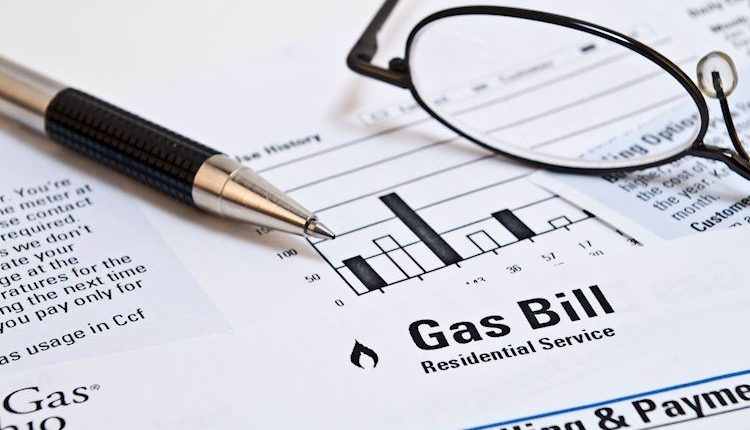- Natural Gas prices steady near $3.49
- The US Dollar undergoes profit-taking in this year’s long-USD trade.
- Natural Gas prices could easily still jump once additional countries are getting involved in the conflict.
Natural Gas is sliding lower this Monday as demand remains subdued in the gas markets. Traders are sending gas prices further down as European gas storages are still filled to the brim, despite lower temperatures on the continent. Meanwhile, Israeli troops having surrounded Gaza city, where pressure remains elevated with potential of a full blown war in the Middle East still a possible outcome which would see Gas prices soar to $4.00.
Meanwhile, the US Dollar (USD) is losing traction as more and more unwinds and profit-taking are occurring in this year’s long-US Dollar trade. Recent numbers from the Commodity Futures Trading Commission reveal that the long position in USD futures is starting to contract and is off its high for this year. The recent disappointing US Jobs report reveals that the American engine is starting to stutter and might force the hand of the US Federal Reserve to start cutting sooner than later.
Natural Gas is trading at $3.49 per MMBtu at the time of writing.
Natural Gas news and market movers
- Israeli troops claim Hamas commanders have been killed in a Fighter jets attack. Meanwhile US Secretary of State Antony Blinken is in the region and is meeting his Turkish counterpart Hakan Fidan.
- Foreign Evacuations stall as Gaza city is being surrounded by Israeli forces. Meanwhile Iran is keeping pressure on the situation by saying it will retaliate if Israel continues its ground offensive.
- Ample storage capacity meanwhile limits further upside moves in Natural Gas futures in Europe. Benchmark futures dropped by 5.7% as European gas storages are still up 99.6% while temperatures have dipped substantially, showing resilience in the European gas supply.
- Weather forecasts for the whole of Europe reveal rather tepid temperatures, above normal for the time of year, while more demand for gas could come from Scandinavian countries where a cold front is pushing temperatures below normal average expectations.
Natural Gas Technical Analysis: Demand not building as last year
Natural Gas price is facing a firm technical cap on the topside of charts. That cap comes with European gas storages being full, suggesting demand is non-existent. With European gas storages still overflowing at 99.6%, even with lower temperatures, it does not look like Europe will need to scramble for gas this winter.
Only one big catalyst could break the price ceiling near $3.64, and that is a proxy war in the Middle East. Once the likes of Iran, Saudi Arabia and other countries in the region start mobilising forces, a chunky risk premium needs to be priced in. Expect to see a quick sprint to $4.33, the high of 2023.
On the downside, the upper boundary of the old trend channel which persisted from April to October will probably act as support again, near $3.42. If that gives way, Natural Gas prices could fall to $3.28 to find support and bounce off the green ascending trend line. Should that give way, look for the 55-day Simple Moving Average to do its work near $3.13.
XNG/USD (Daily Chart)
Natural Gas FAQs
Supply and demand dynamics are a key factor influencing Natural Gas prices, and are themselves influenced by global economic growth, industrial activity, population growth, production levels, and inventories. The weather impacts Natural Gas prices because more Gas is used during cold winters and hot summers for heating and cooling. Competition from other energy sources impacts prices as consumers may switch to cheaper sources. Geopolitical events are factors as exemplified by the war in Ukraine. Government policies relating to extraction, transportation, and environmental issues also impact prices.
The main economic release influencing Natural Gas prices is the weekly inventory bulletin from the Energy Information Administration (EIA), a US government agency that produces US gas market data. The EIA Gas bulletin usually comes out on Thursday at 14:30 GMT, a day after the EIA publishes its weekly Oil bulletin. Economic data from large consumers of Natural Gas can impact supply and demand, the largest of which include China, Germany and Japan. Natural Gas is primarily priced and traded in US Dollars, thus economic releases impacting the US Dollar are also factors.
The US Dollar is the world’s reserve currency and most commodities, including Natural Gas are priced and traded on international markets in US Dollars. As such, the value of the US Dollar is a factor in the price of Natural Gas, because if the Dollar strengthens it means less Dollars are required to buy the same volume of Gas (the price falls), and vice versa if USD strengthens.
Read the full article here

